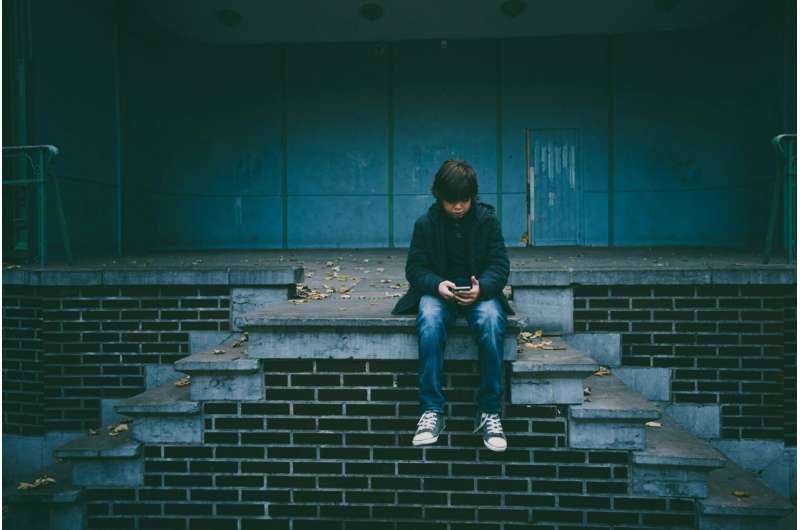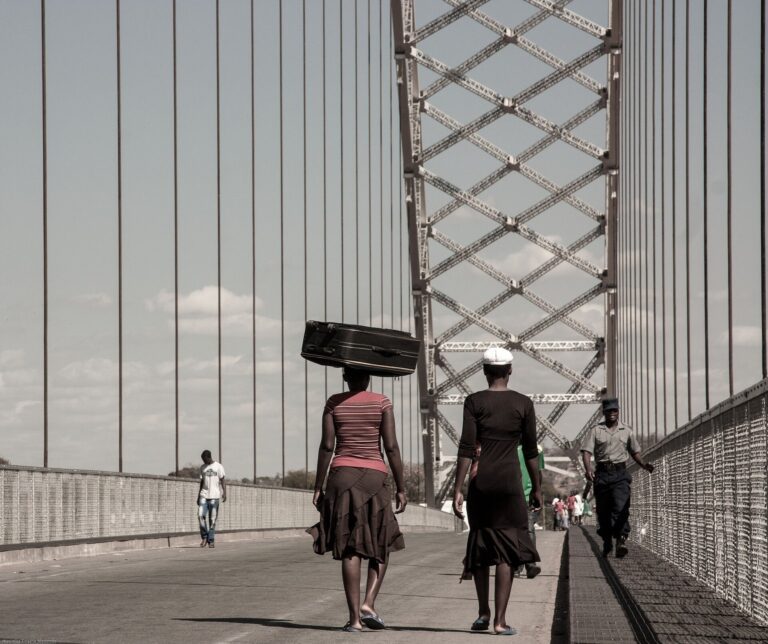

More than 300 million children a year are victims of online sexual exploitation and abuse, research indicates.
Pupils in every classroom, in every school, in every country are victims of this hidden pandemic, according to researchers who have conducted the first global estimate of the scale of the crisis.
The statistics, from the Childlight Global Child Safety Institute at the University of Edinburgh, amount to a clear and present danger to the world’s children, according to the crime agency Interpol.
Online risks
One in eight of the world’s children, about 302 million young people, have been victims of non-consensual taking, sharing of and exposure to sexual images and video in the past year, the report found.
In addition, about 300 million children are estimated to have been subjected to online solicitation. This might involve unwanted sexual talk such as non-consensual sexting, unwanted sexual questions or sexual act requests from adults or other youths.
Offenses can also take the form of sextortion, in which predators demand money from victims to keep images private, to abuse of artificial intelligence deepfake technology to generate false sexual images.
A lack of available and comparable data around the world led Childlight to measure the problem mainly by UNICEF regional classifications rather than country-by-country level for its first global index estimate.
“The world needs to know these atrocities are affecting children in every classroom, in every school, in every country. These aren’t harmless images; they are deeply damaging, and the abuse continues with every view and the failure of taking down this abusive content,” says Debi Fry, professor of international child protection research.
Prevalent problem
Childlight’s new global index report, titled “Into the Light,” details how the problem exists throughout the world.
One in nine men in the U.S. admitted online sexual offending against children. Some 7% of U.K. men and 7.5% of Australian men made the same admission.
In each of the three countries, many more said they would also seek to commit contact sexual offenses against children if they thought it would be kept secret.
“This is a global health pandemic that has remained hidden for far too long. It occurs in every country, it’s growing exponentially and it requires a global response. We need to act urgently and treat it as a public health issue that can be prevented. Children can’t wait,” says Paul Stanfield, Childlight chief executive officer.
“Online exploitation and abuse is a clear and present danger to the world’s children, and traditional law enforcement approaches are struggling to keep up.
“We must do much more together at a global level, including specialist investigator training, better data sharing and equipment, to effectively fight this pandemic and the harm it inflicts on millions of young lives around the world,” says Stephen Kavanagh, executive director of Interpol.
More information:
Childlight report: Into the Light. intothelight.childlight.org/
Provided by
University of Edinburgh
Citation:
Scale of online harm to children revealed in global study (2024, May 29)
retrieved 30 May 2024
from https://phys.org/news/2024-05-scale-online-children-revealed-global.html
This document is subject to copyright. Apart from any fair dealing for the purpose of private study or research, no
part may be reproduced without the written permission. The content is provided for information purposes only.




